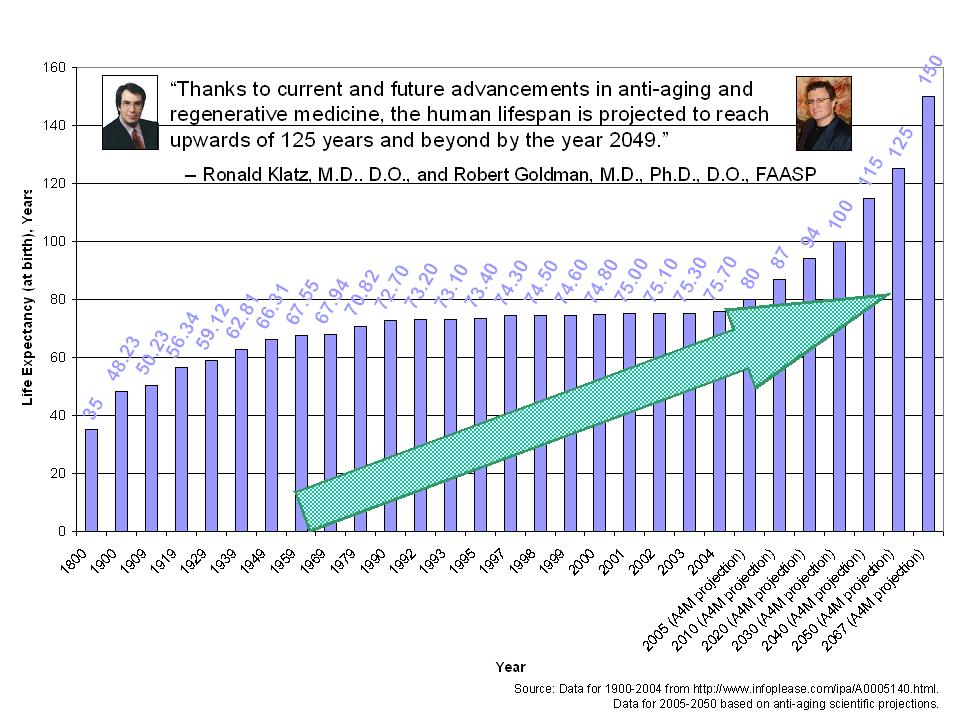Population Growth as the Principle Resource Driver
 Well yeah of course, but
it's not as simple as this because the coupling of resource
usage to population growth is highly nonlinear. It is precisely for
these reasons that future growth scenarios are so hard to
accurately predict.
Well yeah of course, but
it's not as simple as this because the coupling of resource
usage to population growth is highly nonlinear. It is precisely for
these reasons that future growth scenarios are so hard to
accurately predict.
This can easily be seen my comparing resource rate usage
over the period 1950-2000:
|
1950 |
2000 |
1950-2000
50-year change |
| Human population (billions) |
2.52 |
6.06 |
247% |
| Registered vehicles (millions) |
70 |
723 |
1030% |
| Oil Consumption (million barrels per year) |
3,800 |
27,635 |
727% |
| Natural gas consumption (trillion ft3 per year) |
6.5 |
94.5 |
1454% |
| Coal consumption (million metric tons per year) |
1,400 |
5,100 |
364% |
| Electricity generation capacity (million kilowatts) |
154 |
3,240 |
2104% |
| Corn (maize) production (million metric tons per year) |
131 |
594 |
453% |
| Wood pulp production (million metric tons per year) |
12 |
171 |
1425% |
| Iron production (million metric tons per year) |
134 |
580 |
433% |
The biggest thing to note here is that electricity usage scaled
as (population growth)3.5

If this trend continues, this means that a population growth of 20% would carry with
it a factor of 2 increase in total electricity usage. This is what is meant by
a nonlinear scaling.
Clearly, sustainability cannot be reached in any scenario where resource usage
scales as (population growth)n where n > 1.
But it is precisely global economic development that drives these nonlinear
scalings.

Population growth is determined entirely by average fertility rates:

Here is the situation for the US. Note that the rate has increased since the mid 80's
primarily due to a significant increase in teenage pregnancy.

The current situation for the entire world:

In addition, world average life expectancy (not properly factored into any
population models) is continuing to grow.

The linear trend that the data indicate (starting around 1975) is that life
expectancy is increasing at the rate of 7 years every 30 years. Hence,
people born in the year 2038 will have a life expectancy of, on average, 7 years
higher than now.
However, advances in medicine could make this much worse:

 Well yeah of course, but
it's not as simple as this because the coupling of resource
usage to population growth is highly nonlinear. It is precisely for
these reasons that future growth scenarios are so hard to
accurately predict.
Well yeah of course, but
it's not as simple as this because the coupling of resource
usage to population growth is highly nonlinear. It is precisely for
these reasons that future growth scenarios are so hard to
accurately predict.






